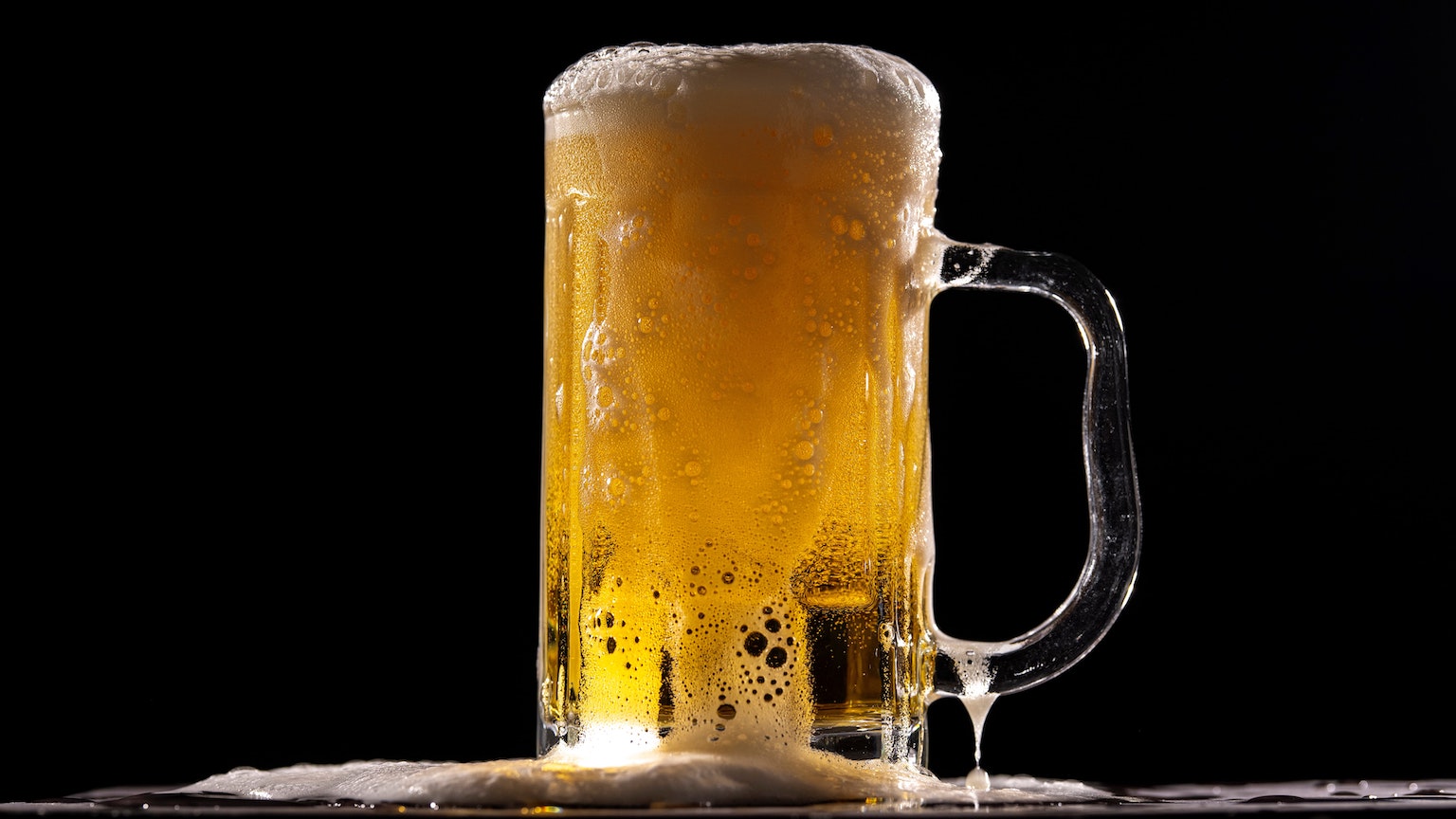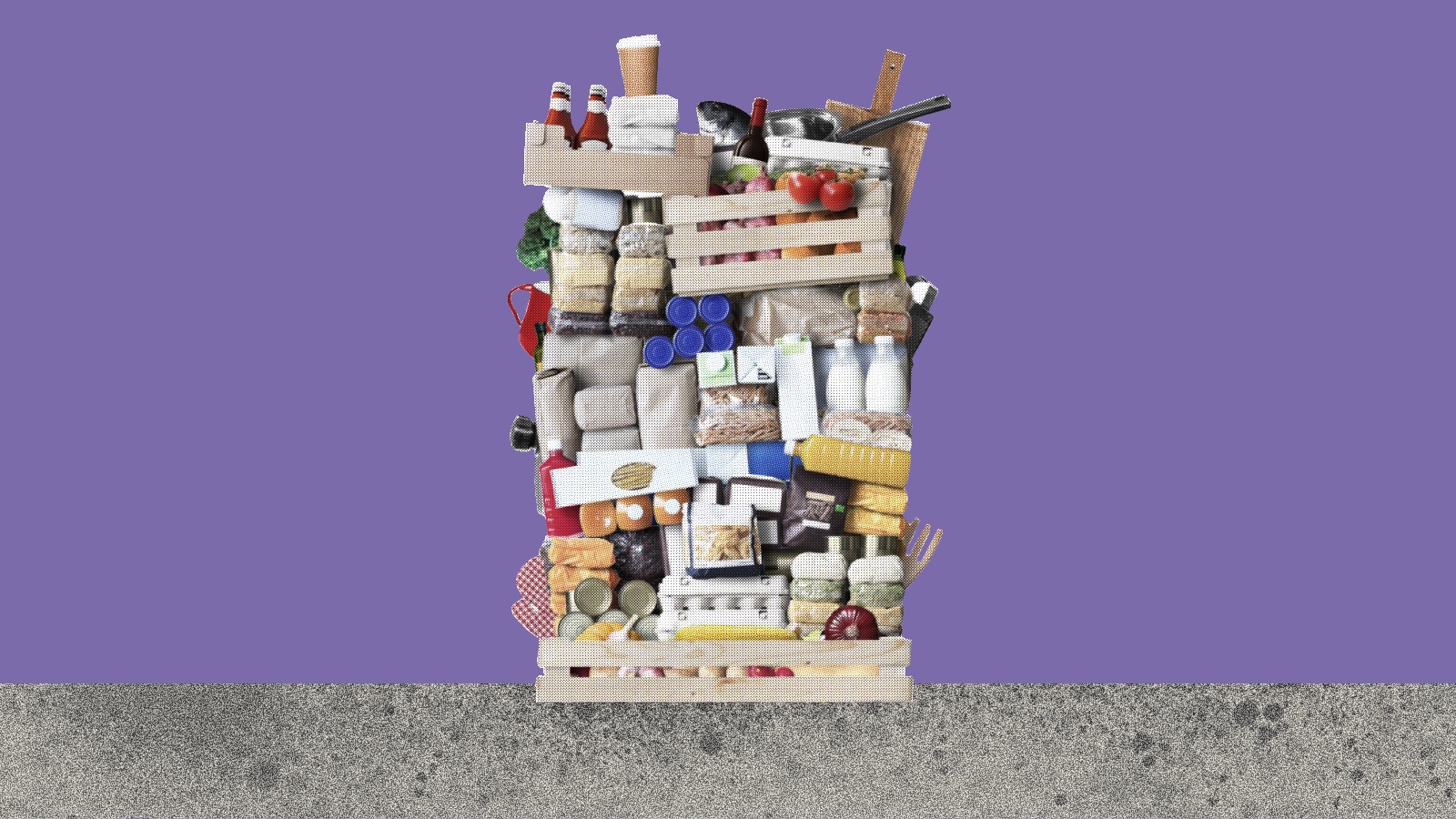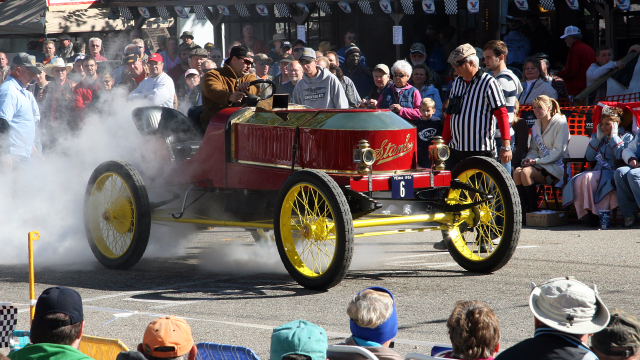Cans vs. bottles: Science finally solves the great beer debate
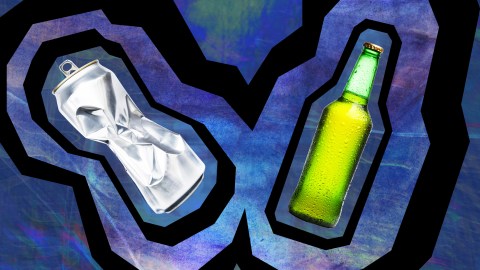
- Brewers and beer lovers have strong opinions on whether cans or bottles are the preferred vessel for storing their favorite brews.
- Researchers tested different beers over time to see how cans and bottles affected their metabolic profiles.
- They found that different beers react differently when bottled or canned, suggesting that style should dictate the best storage method.
As with any impassioned community, beer aficionados have had their share of debates, exchanges, and straight-up brawls over their beloved brews. There’s the ever-shifting continuum of what distinguishes a craft brewery from a micro- or nano-brewery. There are ongoing arguments on whether we can sensibly discuss a beer’s terroir when, unlike wine, the ingredients are several and their origins numerous. Then there are the friendship-ending fracases over fruit’s place in beer.
But perhaps no question has spurred more passion, more debate, and more questions than: Is it better to store beer in cans or bottles?
Crusaders for cans argue that the light leaking through the transparent bottles causes beer’s chemical compounds to decompose faster, leading the brew to take on a skunky aroma* — or, if you want to sound poetic about it, become “lightstruck.” Meanwhile, bottle boosters claim that cans leave a tinny taste and leach heat from the environment to the beer too easily. The can crusaders snap back that aluminum cans have a polymer lining to prevent flavor contamination, and you should pour your drink into a chilled glass anyway. And on and on.
Who’s correct? Researchers recently decided to put the question to the chemical test. They performed metabolic profiles on samples of an amber ale and an India pale ale (IPA) housed in each type of container. And they discovered that the answer is more complicated than an either-or choice.
It’s all about the beer research
All beer is essentially water, ethanol, and thousands of flavor compounds poured into a glass. But those flavor compounds — which come from the unique combination of hops, yeast, malt, and any additives incorporated by the brewer at various stages of the brewing process — are what give each beer its distinctive flavor profile. That profile obviously includes taste but also encompasses qualities such as aroma, color, clarity, and texture. Each plays a role in the experience of enjoying a beer.
However, from the time it’s brewed to the time it reaches your family barbecue or local taphouse, many factors can affect a beer’s chemical profile. These include temperature fluctuations, travel agitation, oxygen pick-up, and natural metabolic processes. These factors can make the beer you crack open at home taste markedly different from the brewer’s intent. How beer is packaged determines how protected the inner brew is, meaning both brewers and beer drinkers have an interest in determining whether cans or bottles are the superior choice.
Enter Kathryn Fromuth and Jacquelin Chaparro, researchers from Colorado State University. To test this question, they secured IPA and amber ale batches from New Belgium Brewing Company. Both styles were housed in cans and brown bottles, and to mimic the storage conditions of a typical market beer, stored under cold conditions for 30 days and then at room temperature for 150 days. Then, biweekly over six months, the researchers opened a can and bottle of each style and analyzed their metabolites.
All told, the researchers collected 13 timepoints for each sample to observe the metabolic variation — that is, how the beers within the cans and bottles broke down or formed new compounds as they aged. The study was published in ACS Food Science & Technology.

The taste you’re looking for?
The results: amber ale showed significant metabolic variation between the cans and bottles. Specifically, the bottled amber ale maintained a significantly higher concentration of esters, yeast-derived compounds that react with water to produce alcohols and acids during fermentation. These esters are what give ales their fruity aromas and flavors. If you’ve ever enjoyed an ale’s apple, pear, or even spicy taste, you likely have an ester to thank.
But esters are highly volatile, too. They are susceptible to oxidation and will leap from the beer into the atmosphere at the first opportunity. As such, the researchers hypothesize that the reason for the can-bottle discrepancy in amber ales comes from greater air exposure when the cans are being sealed.
“A reduction of esters will result in an overall dampening of flavor, whereas the formation of esters will impart unintended aromas,” the researchers write.
Conversely, the canned and bottled IPAs showed far less metabolic variation. The researchers hypothesize that the reason for the difference comes from the abundance of polyphenols found in the IPA. Because polyphenols sport antioxidative properties, they help keep flavor compounds locked in place by protecting against oxidation. And while both brew styles use hops in their recipe, IPAs are far and away the hop-heavier brews.
These data make sense given the style’s history. Despite the name, IPAs did not emerge in India. Like many other ale styles, they started life in Britain. In the 18th century, Britain shipped beers to its colonies all over the world, but those bound for India were often spoiled by the time they docked. The rocking conditions on the ships, the temperatures of the tropical seas, and the inability to control wild yeasts devastated the potability of ales that were more at home in Britain’s temperate climate.
Absent the technology to create more sterile, refrigerated conditions, brewers of the day super-hopped their recipes to take advantage of the acids from the resin of the hops strobiles (or cones). The acids killed unwanted bacteria, while the polyphenols preserved the beer. As a bonus, the essential oils spiced the beer with the intense flavors the style is known for today — such as pine, citrus, and tropical fruits.
While the researchers were unable to perform taste tests to determine how these variations affected either style’s flavor, their data do suggest that cans cause ambers to depart much more from the brewer’s intended flavor profile.
“Taken together, the results of this study do not support the conclusion of a general best package for all beer styles but rather indicate that the effects of package type are dependent on beer style,” the researchers concluded. “Continued work to define the mechanisms driving the effects of package type on beer stability is warranted and would require integration with sensory outcomes.”
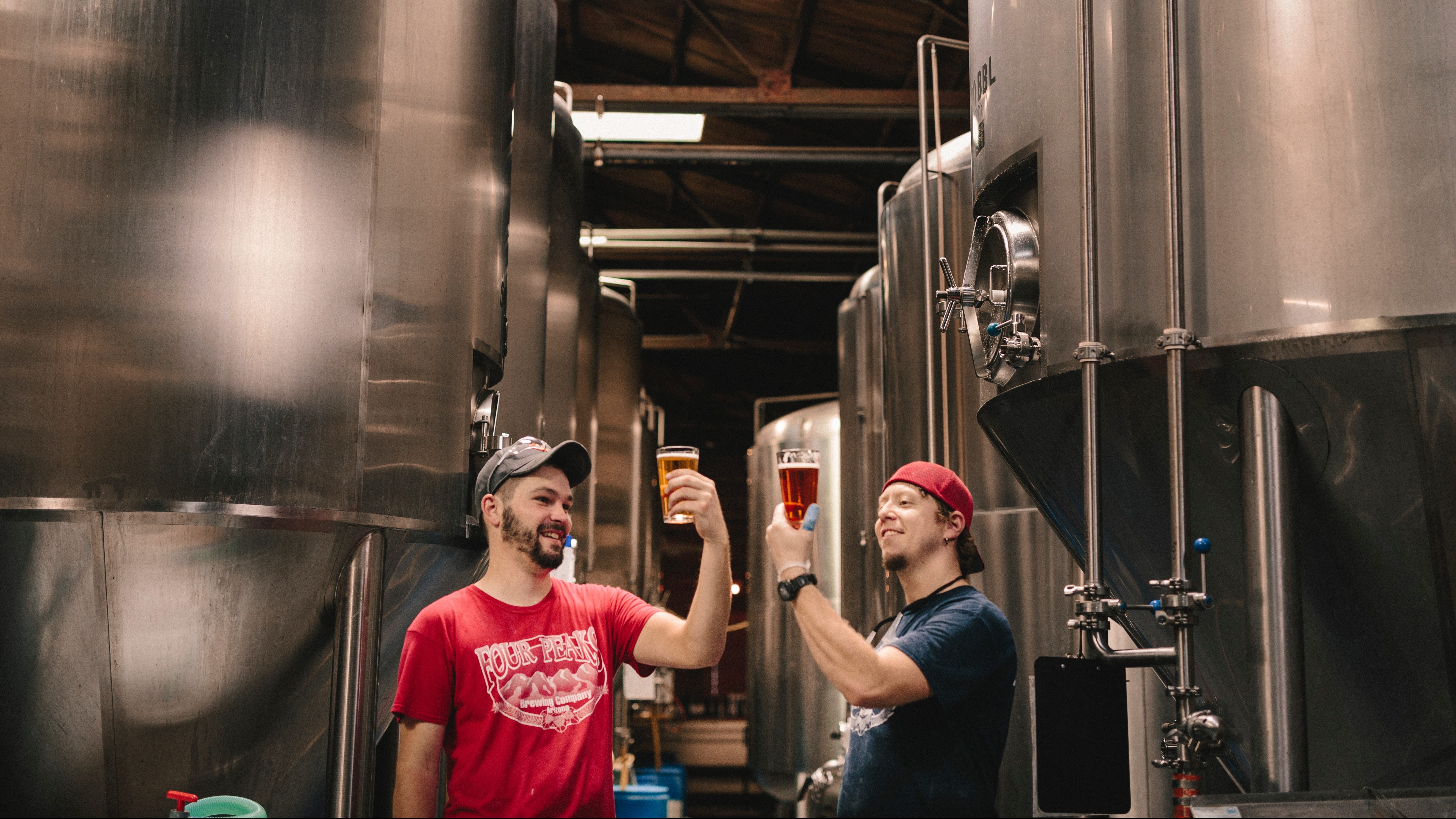
An old question in a new bottle (or can)
While taste may be king, it’s not the only consideration when determining whether cans or bottles are the best choice. For example, breweries must consider the costs and shipping of their product. Because glass bottles are heavier and require more robust secondary packaging, they can be the costlier of the two to transport. On the other hand, glass is made of recycled materials and silica, meaning its production leaves a relatively smaller environmental footprint. Even when containing recycled aluminum, cans still require new metals to be mined and produced.
As such, there is no right answer to the can-vs.-bottle debate. Many factors are at play, both inside and outside the container. And because beer’s flavor begins to change as soon as it is packaged, even if slightly, the only true solution is to get your beer from the brewery as soon as you can.
But by setting aside the false dilemma of beers vs. cans and focusing on the qualities of the beers themselves, brewers, beer lovers, and researchers not only will have one less thing to fight about, they’ll also have better beer to celebrate with.
*Author’s note: Of course, not all bottles are created equal. Clear- and green-colored glass truly are inferior vessels for storing beer because their transparency lets in large amounts of light. This is why many brewers use brown bottles, which are less permeable and less likely to lead to skunky beer.
